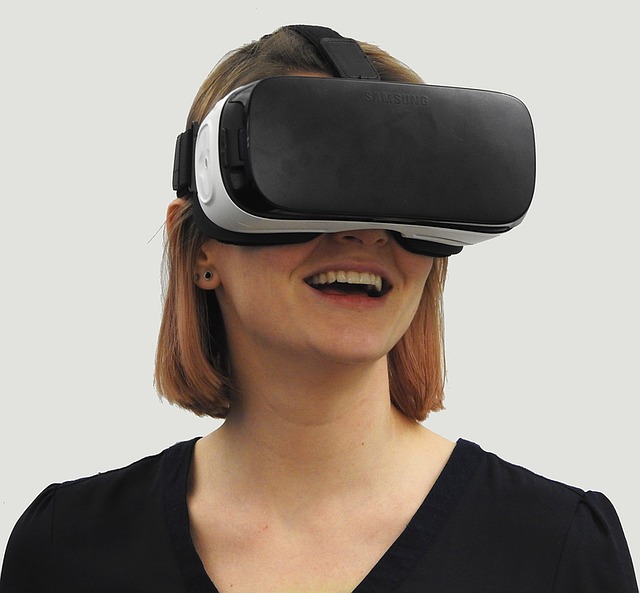Healthy MD CME celebrates the new year by remembering the innovations of the past. The 2010s have been an exciting, dynamic and often turbulent time, from advancements in technology to unprecedented shifts in global cultures and societies. In this decade, medicine, like many other industries that are interwoven with technology, saw much progress, thanks to the diligence and continued innovation of researchers, physicians, and medical engineers. 2020 marks the beginning of the new decade, and like the Roaring Twenties a century ago, it seems that this era is a time when technological advancements are seeing widespread use and popularity. Here are some of the most significant medical innovations of the decade.
VR Technology in Physician Education
 Ever since its emergent popularity of the sci-fi genre in the 20th century, Virtual Reality (VR) has captured the imaginations of people around the world. Although VR-Esque devices were already being developed before the 21st century (such as the Super Cockpit, which was designed to simulate flight for pilot training) the creation of the Oculus Rift in 2010 put this fabulous concept in the hands of consumers, and not long after, VR technology saw further development in the decade. The field of medicine did not disavow the potential of VR, and in 2016, the University of Basel, the oldest university of Switzerland, developed a way for three-dimensional images, namely a ribcage and spine, to be seen in virtual reality. Now, places like Stanford University utilize VR technology to educate and prepare themselves for surgeries. VR, with its sensory focus and wide range of audiovisual capacities, can also be used for the benefit of patients, such as Virtual Reality Exposure Therapy (VRET.)
Ever since its emergent popularity of the sci-fi genre in the 20th century, Virtual Reality (VR) has captured the imaginations of people around the world. Although VR-Esque devices were already being developed before the 21st century (such as the Super Cockpit, which was designed to simulate flight for pilot training) the creation of the Oculus Rift in 2010 put this fabulous concept in the hands of consumers, and not long after, VR technology saw further development in the decade. The field of medicine did not disavow the potential of VR, and in 2016, the University of Basel, the oldest university of Switzerland, developed a way for three-dimensional images, namely a ribcage and spine, to be seen in virtual reality. Now, places like Stanford University utilize VR technology to educate and prepare themselves for surgeries. VR, with its sensory focus and wide range of audiovisual capacities, can also be used for the benefit of patients, such as Virtual Reality Exposure Therapy (VRET.)
Reprogramming Immune Cells
Diseases such as leukemia and cancer continue to plague the world, and while we’ve predicted that future medical technologies (such as microscopic tumor-destroying nanites) might help restore diseased systems, researchers in the 2010’s were already developing ways for the body’s natural defenders to enhance their duties. A study from as early as 2011 showed the effects of induced pluripotent stem cells in the reprogramming of T-Cells, while adoptive cell transfer (ACT) can extract immune cells, alter them, then return them to the host body with a renewed capacity to fight diseases like cancer. Further development might even allow reprogrammed immune cells to combat HIV-infected T Cells and might even assist in the rehabilitation of HIV-infected patients.
Conclusion
 Looking back on the 2010s, many things had changed in the world, socially, economically and politically, from the growing commercialization of personal data to the societal upheavals still echoing in today’s news. While technology continues to progress, human health remains an utmost priority, including physician health, which is the focus of our CME cruise conferences. This coming decade, more medical innovations are sure to come, building on the hard work of physicians from the last decade up to now.
Looking back on the 2010s, many things had changed in the world, socially, economically and politically, from the growing commercialization of personal data to the societal upheavals still echoing in today’s news. While technology continues to progress, human health remains an utmost priority, including physician health, which is the focus of our CME cruise conferences. This coming decade, more medical innovations are sure to come, building on the hard work of physicians from the last decade up to now.

